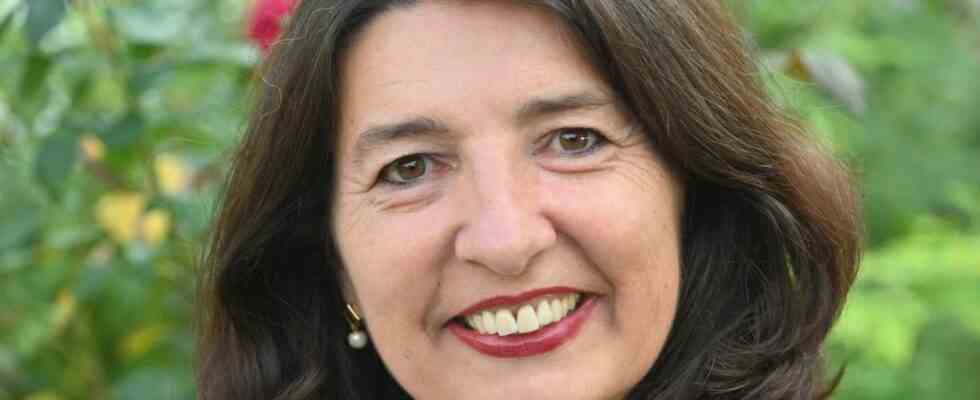In view of the public success that many of the Dachau History Workshop exhibitions have had, the 30 local historians have actually made a particularly valuable contribution to the preservation of Bavarian cultural heritage. It is precisely this commitment that is to be honored with the Heimatpreis, which they will receive this Tuesday in the Munich Residenz.
The first major topic of the history workshop, the largely unexplored post-war period in the Dachau region, fascinated many interested people six years ago. The scientific support was already in the hands of the cultural scientist Annegret Braun. She too was surprised by the response at the time: “Both the traveling exhibition and the volume of essays met with great interest, including in the communities,” she says. The show was finally shown in 16 towns in the district. Worth almost more than the visitor numbers is that many of the local histories unearthed by the history workshop would be forgotten without them. Because they took to heart the advice given by the district home caretaker, Norbert Göttler, who initiated the founding ten years ago: take care of the eyewitnesses as long as they are still alive.
The project “The 1950s – Economic Miracle and Repression” holds the visitor record
And so the history workshop continued with the biographical projects “The Camp and the District” and “Georg Scherer – A Dachau Life” and the research project “The 1950s – Economic Miracle and Repression”. The latter, in particular, set true visitor records, as the exhibition also offered many everyday objects with a high memory factor, even an old Isetta was there. The most recent exhibition “History(s) about crafts and trades” can be seen in the Dachau District Museum until mid-September. Here, too, the show lives from the local color and conversations with old craftsmen, such as the last shoemaker from Sulzemoos, who died last year. All of the projects, emphasizes Braun, are not just about homely memories, “we also take a very critical look at the issues”.
A walking floor camera from Studio Sessner can also be seen in the current show on working environments in the Dachau region, along with a photo by Atelier Baumann from Altomünster.
(Photo: Niels P. Jørgensen)
The exhibition on the 1950s was a real magnet for visitors. The everyday objects on display brought back many memories.
(Photo: Toni Heigl)
The process of creation is always a special one. It begins with a public launch event where the topic is presented and ideas are collected. After that, Annegret Braun, as a scientific advisor, develops eight to ten subject areas that everyone can then research in their home town. This can be interviews with contemporary witnesses or literature research in local and state archives. And finally, between the voting meetings, the essays, exhibition texts, the old photos are found.
Annegret Braun agrees that the history workshop itself is a small success story in terms of safeguarding historical heritage. “The history workshop has brought local researchers together. In the past, everyone did their research in their own area. And now you have a forum, and sometimes someone finds something about another community.”
The next topic is already certain, it’s about the change in landscape and nature in the district of Dachau and what that has done to the people. The first event is expected to take place in autumn. “Anyone can get on board,” Annegret Braun advertises, “that might also be something for young people who are interested in climate change.”

